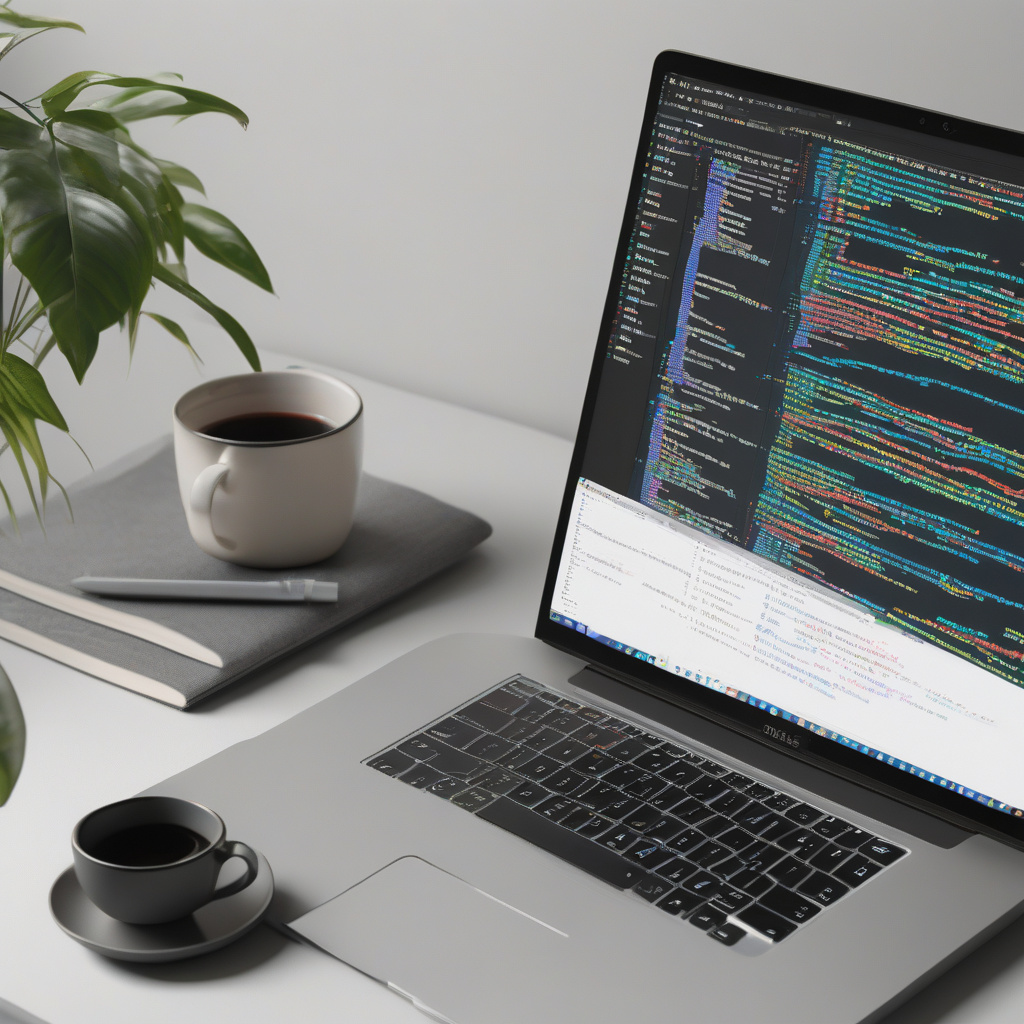Basic Python Syntax: A Beginner’s Guide To Writing Python Code
When it comes to programming languages, each has its own distinct syntax that sets it apart. Python, a popular language for beginners and experts alike, boasts a syntax that is both intuitive and powerful. Whether you are just starting your coding journey or looking to expand your skill set, understanding the basic Python syntax is essential.
One of the key features of Python is its readability. The language is designed to be easily understood by humans, making it a great choice for those new to programming. Let’s delve into some fundamental aspects of Python syntax that will help you write clean and efficient code.
Comments
In Python, comments are lines of code that are not executed and are used to document your code. They are preceded by the “#” symbol. Comments are valuable for explaining the purpose of your code to yourself and others who may read it.
“`python
This is a comment
print(“Hello, World!”)
“`
Variables
Variables in Python are used to store data values. You can think of them as containers that hold information. Python is a dynamically typed language, meaning you don’t have to declare the type of a variable explicitly.
“`python
x = 5
y = “Hello, Python!”
“`
Data Types
Python supports various data types, including integers, floats, strings, lists, tuples, dictionaries, and more. Understanding these data types is crucial for manipulating and organizing data in your programs.
“`python
Integer
x = 5
Float
y = 3.14
String
name = “Alice”
List
fruits = [“apple”, “banana”, “cherry”]
Dictionary
person = {“name”: “Bob”, “age”: 30}
“`
Control Structures
Python uses indentation to define code blocks, unlike other languages that rely on curly braces or keywords. This indentation is crucial for determining which statements are part of conditional statements, loops, or functions.
“`python
If statement
x = 10
if x > 5:
print(“x is greater than 5”)
For loop
fruits = [“apple”, “banana”, “cherry”]
for fruit in fruits:
print(fruit)
“`
Functions
Functions in Python are blocks of reusable code that perform a specific task. They allow you to break down your program into smaller, more manageable pieces. Defining a function in Python is simple and follows a clear syntax.
“`python
def greet(name):
print(“Hello, ” + name + “!”)
greet(“Alice”)
“`
Conclusion
Mastering the basic syntax of Python is the first step towards becoming proficient in this versatile language. By understanding comments, variables, data types, control structures, and functions, you can start writing Python code with confidence.
Python’s syntax is designed to be both readable and expressive, making it an excellent choice for beginners and seasoned developers alike. So, whether you are building a simple script or a complex application, Python’s syntax will guide you every step of the way.
At the same time, remember that practice is key to mastering any programming language. So, roll up your sleeves, open your favorite code editor, and start exploring the world of Python programming today!

